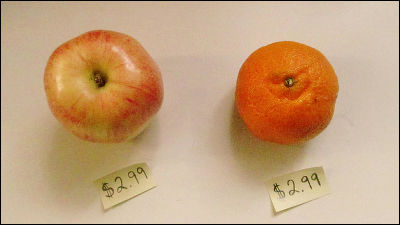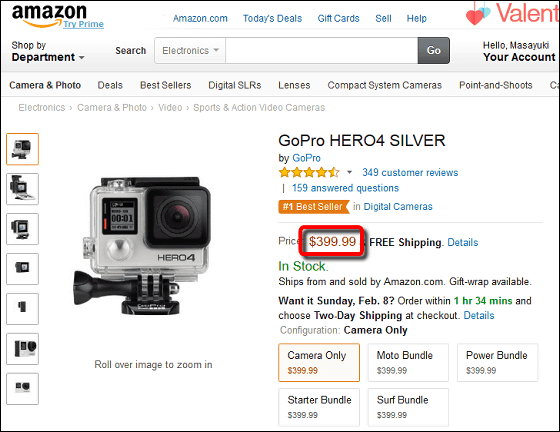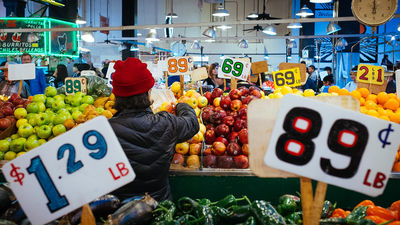Why are people drawn to fractional prices like "$ 9.99"?

ByYasmeen
I often see when shopping "1980 yen"Or"599 yenPricing setting displayed in fractions such as ". These are pricing that is often used mainly to give a sense of profit, but in reality there is a wider range of psychological effects, and it has become clear that there are various variations in the psychological effects by pricing It was.
The Psychological Difference Between $ 12.00 and $ 11.67 - The Atlantic
http://www.theatlantic.com/business/archive/2015/01/the-psychological-difference-between-1200-and-1167/384993
Tim Harford - Article - Pound for pound 99p is worth every penny
http://timharford.com/2012/06/pound-for-pound-99p-is-worth-every-penny/
Pricing using such bad numbers in this way is called "fractional price", and of course it is also commonly used abroad. At stores and at Amazon and others$○○.99I often see the price of. It is a place where I feel doubt that "There is really a sense of affordability just by only a couple of cents (about 1 yen) written cheaply?", But from the result of actually studying its psychological effect The effect is clarified.
Because there are customs to people to read and understand numbers from left to right, there is a tendency for people to receive the strongest impression on the numbers written on the far left rather than numbers such as ".99" on the far right I know that there is. this is"Left Digit EffectFor example, if there is a notation of "$ 10.00" and "9.99 dollar" with the effect called "left number effect", despite that the difference is only 1 cents (about 1 yen), the consumer receives There is a big difference that the impression is "ten dollar" and "nine dollar". Pricing using such a psychological tendency is "Psychological pricing"It has been used for a long time as a method to stimulate purchasing motivation by giving a sense of profit.

However, there are cases where this fractional price does not show effect. Business SchoolINSEADandNanyang Business SchoolBased on the results of the research conducted by the company, we found that there is a difference in the most favorable price setting depending on the type of product.
In the research, various pricing for luxury goods such as champagne and entertainment goods and practical items such as computers were conducted, and it was verified which price setting was most selected. Then, it turned out that the best selling price of champagne was "40 dollars" which was good, and found that price setting such as "39.72 dollars" or "40.28 dollars" did not motivate purchasing much. In the case of a practical product like one computer, I know that it was a fractional price like "3.99 dollars" as expected.

ByL. C. Nøttaasen
In a further study, I instructed participants to buy one camera, but at that time I gave different purposes for "to take for the holiday" and "to use for the class" It was. Then, it is also known that the camera for excursion tends to be prickly priced, and the camera for class tends to be chosen fractional price.
Apparently, the purchaser feeling "satisfaction" from the price for "luxury goods and luxury items" as much as importance on "favors" based on fractional prices Has become clear. Various backgrounds are reflected in the psychology that consumers buy things.
Related Posts:
in Note, Posted by darkhorse_log







